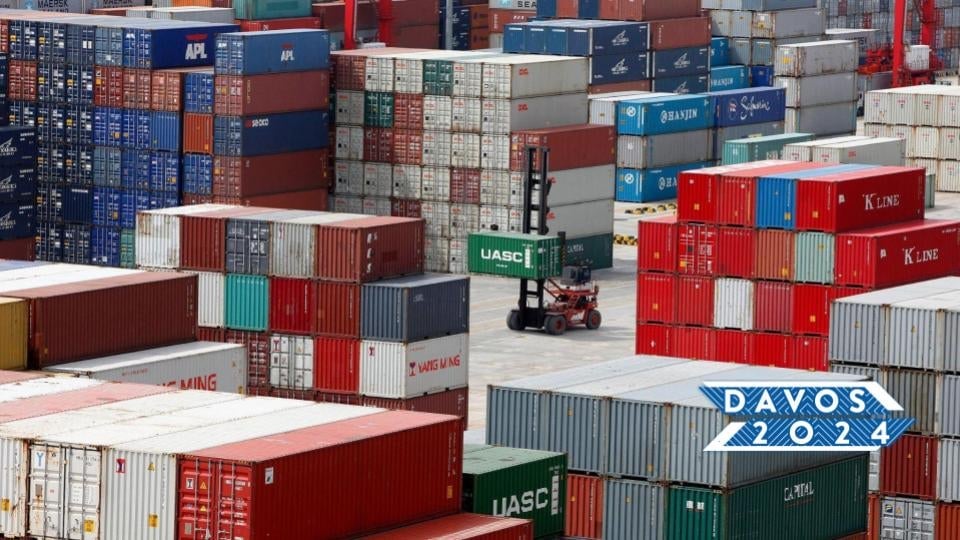Supply chains are getting longer and twistier as the US and China try to decouple
Global trade maps are being redrawn in the new age of on-shoring

It is the irony of our new economic age. Globalization brought with it elongated supply chains, as manufacturing and production were moved across oceans and continents. And now, a retreat from unrestrained offshoring (a trend some refer to as deglobalization or regionalization) appears to be making supply chains even longer.
Suggested Reading
Economists at the Bank of International Settlements (BIS), a Swiss-based consortium of central banks from around the world, recently mapped the realignment of global supply chains following the great supply chain shocks of the covid pandemic and Russia’s invasion of Ukraine. They found that since December 2021, companies now have fewer direct links with overseas suppliers.
Related Content
“[R]eliance on cross-border suppliers has fallen markedly,” the BIS economists noted in an October 2023 paper. In place of those relationships: “on-shoring,” or the process of bringing production back home.
At the same time, the researchers found that the degrees of separation between manufacturing firms has increased. That is, there are now more indirect links between customer firms and overseas suppliers “as new firm nodes interpose themselves into existing supply chains.” For example, while China remains a key location for Apple’s manufacturing operations, the iPhone and iMac maker is increasingly diversifying production and suppliers toward India and Vietnam. This would likely show up as an increase in the number of indirect links between Apple and its overseas supplier firms in China and other parts of Asia.
All of this aligns with recent observations by shipping industry analysts, who see the potential for new business for shipping lines as the flow of intermediate products between China and elsewhere in Asia increases.
The change was most noticeable for supply chains connecting Chinese suppliers to the US
To calculate supply chain lengths, the authors looked at distances between supplier firms and customer firms. By distance, they mean this: If company A supplies company C, which in turn supplies company B, which also supplies back to company A, then the distance from A to B is two, while the distance from B to A is one.
Drawing on a global sample of manufacturing companies and firm linkage data from data and information provider Capital IQ, the BIS researchers found that the average distance between supplier firms and customer firms increased from 9.67 in December 2021 to 10.03 in September 2023.
The change was most noticeable for supply chains involving suppliers in China and customers in the US, the authors wrote, with the average distance between connected firm pairs increasing from 9.18 to 10.11 over the same period.
“The lengthening of the distance between suppliers in China and customers in the United States suggests that firms from other jurisdictions have interposed themselves in the supply chains from China to the United States,” the authors concluded.
Still, they cautioned that while the overall distances between firms in supply chains have lengthened, the overall density of the network of manufacturing companies has not increased. That suggests there’s been no fundamental diversification of supply chains, they write.
Put another way, while intermediate production and processing steps might be moving to elsewhere in Asia, China remains integral to global supply chains.
